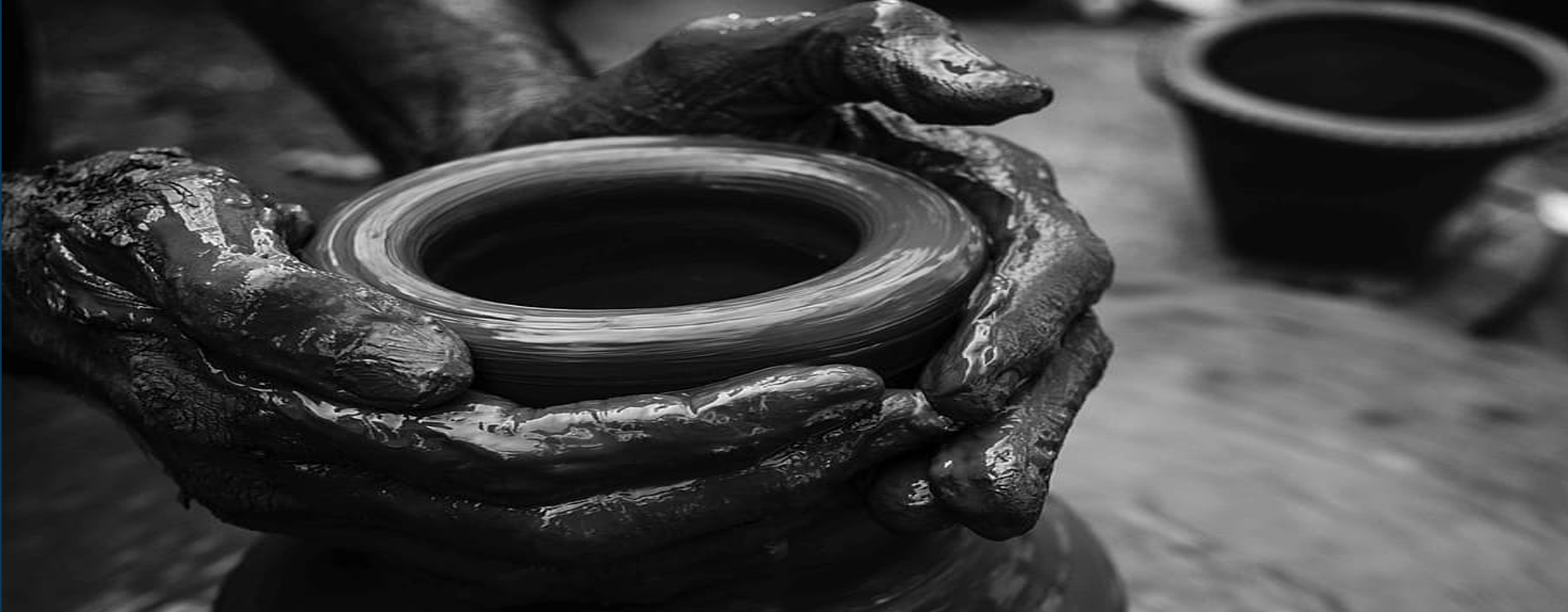Seminar Details
The steep rise in human population and their exploitation of precious natural resources such as water has degraded the quality of ground and surface water over the years and is a matter of great concern. Clay-based ceramic adsorbents are a promising solution for mitigating wastewater pollutants. These adsorbents are synthesized from clay minerals and industrial by-products, which are abundant and readily available. This research is carried out to study metakaolin-based geopolymer adsorbent for treating cationic dye from aqueous systems. A variation in the Na2SiO3/NaOH weight ratio from 2.00 to 2.50 and a further variation in raw material to alkali activator ratio is done to prepare different batches of geopolymer adsorbent to study the SiO2/Al2O3 and Na2O/SiO2 ratio's effect on the prepared adsorbent's properties. The raw clay was analyzed by X-ray fluorescence to examine its chemical composition. X-ray diffraction, BET, Field emission scanning electron microscopy, and energy dispersive X-ray analysis were employed to study the phases formed, the specific surface area and morphology of the raw materials used, and the prepared adsorbent. Fourier-transform infrared spectrometry and Raman spectroscopy reveal functional groups and interactions in the material. The primary objective of this research is to prepare and characterize different batches of ceramic adsorbent and conduct a batch adsorption study using UV-visible spectroscopy to find the best-performing geopolymer adsorbent. The influence of various experimental factors such as dosage, pH, initial dye concentration, and contact time is also evaluated. The results confirmed that cationic dye-contaminated water can be treated using the produced adsorbent. This study compares the effects of solid sodium silicate and sodium silicate solution on material properties with consistent composition, showing that the material created with sodium silicate solution exhibits better adsorption properties.


